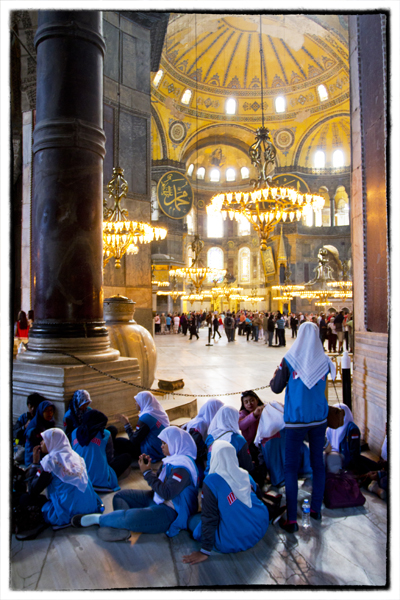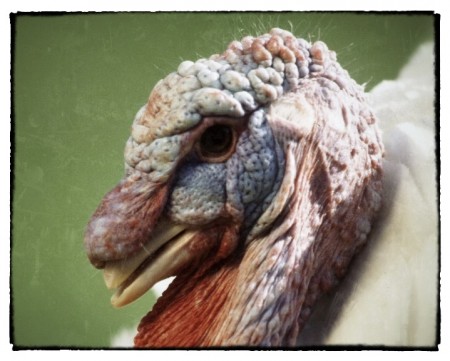I spent most of yesterday wandering around Cukurcuma, the “SoHo of Istanbul,” looking for The Museum of Innocence, a vanity project from the Turkish Nobel laureate Orhan Pamuk. Just before coming to Istanbul I’d read that the museum, which had been more than a decade in the making, had finally opened. So what is the Museum of Innocence? From a May 17 story in the Christian Science Monitor: “Housed in a wine-red building constructed in 1897, the museum takes its name from Mr. Pamuk’s 2008 novel of the same name and is a tribute to the “profane magic” of Turkish everydayness, featuring 83 display cases (one for each chapter of the book) filled with ordinary objects drawn from the novel.
“The first display greeting the visitor to the museum is the “cigarette wall,” which showcases 4,213 cigarettes smoked by Fusun, one of the characters in Pamuk’s novel. The exhibit is accompanied by a film reel, shot by Pamuk himself, showing a woman’s hand movements as she smokes and taps her cigarette, and beneath each cigarette stub is a handwritten note about the day in which it was stolen; “Earthquake,” reads one such inscription.”
I brought Pamuk’s novel with me to Istanbul but haven’t gotten around to it yet. I’m still finishing up his 2003 memoir, Istanbul: Memories and the City. Which, frankly, I’m not crazy about. The guy is not only haughty but narcissistic (the New York Times article notes that, “In person [Mr. Pamuk] gives off an aura of the kind of elitism that can come with a privileged upbringing and a successful literary career.”).
Here’s something interesting, though. In his memoir, Pamuk talks about how he envies certain European writers who wisely made money by turning their homes into private museums as write-offs. And according to the Christian Science Monitor article, Pamuk bought the building that he has turned into a museum about 12 years ago—just as he was beginning to write the novel that would share it’s name. Guess he’s learned something from those old European writers.
One final thought: Although he now owns the building, which, as I said, is in probably the trendiest neighborhood in Istanbul, he complains about how the museum cost him about what he received for the Nobel—roughly $1.5 million. Since I’m sure he didn’t spend a lot buying those 4,213 cigarette butts (or other junk items like an old tricycle or a bug spray pump), most of the money must have gone into buying and refurbishing the classic building itself. And since, as one of the news articles noted, “The teller’s credit-card swipe works with uncharacteristic speed and the bookshop by the exit contains only Mr. Pamuk’s books…” I don’t think we need to feel too sorry for the author just yet.
By the way, I never did find the museum. But I did find a very stylish restaurant and bar, Cezayir, that serves a wonderful fava dish flavored with anise liquor.






Recent Comments